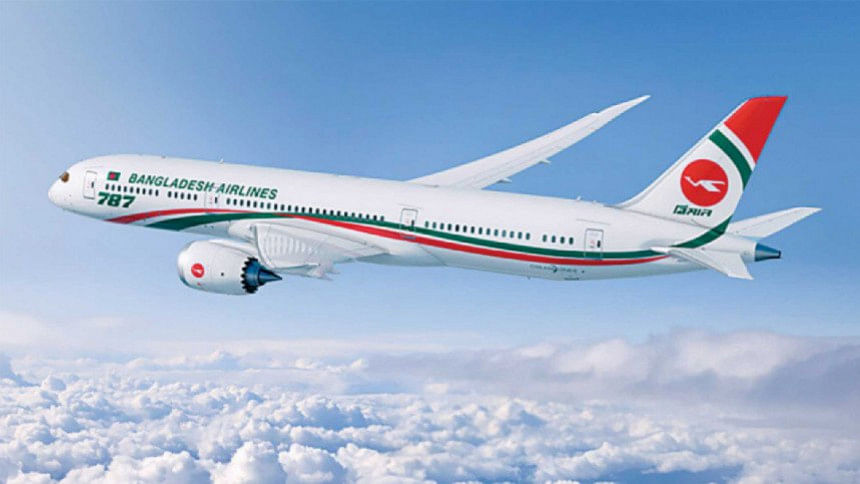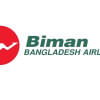Biman failing to tap into its sleek fleet

Despite having a fleet of 21 modern aeroplanes, the largest in its history, Biman has spread its wings to just three new destinations in the last five years.
Aviation experts say the national flag carrier's lack of planning and poor marketing policy are to blame for this.
Biman currently flies to 20 mostly short- and medium-haul international destinations. Whereas, with fewer planes in the early 2000s, it used to fly to 29 international destinations, including New York, Tokyo, and several major European cities, according to officials.
After 2006, Biman gradually stopped flying to New York, Frankfurt, Rome, Tokyo, Brussels, Amsterdam, Libya, and several other major destinations largely because of financial problems, shortage of modern planes, and routes becoming unviable, experts say.
Although it has six Boeing 787s now, Biman keeps losing money and delivers lackluster service.
In 2022, Biman started operating flights to three new destinations: Toronto, Sharjah, and Guangzhou.
Despite having a large number of loyal passengers, its market share has shrunk and the new aircraft remained underutilised.
Since its inception in 1972, Biman Bangladesh Airlines lost money throughout most of its life.
In the last five fiscal years, Biman incurred losses in three, according to records.
Aviation experts say Biman made money in two of those years, but those can hardly be called profits because the airline owes over Tk 3,500 crore to different organisations and pays instalments of around Tk 250 crore for the new planes every year.
Aviation expert Kazi Wahidul Alam said Biman was not transparent in its financial statements.
MA Momen, former Biman managing director and CEO, said, "There is a large number of flyers who would not fly any other airlines. There is also a large number of passengers who assess the market and choose Biman. This alone would have been enough to sustain three more airlines if there is proper planning and management."
It is impossible to justify Biman's inability to compete in the market with the aircraft it has, he said.
Since 2007, when it became a public limited company, Biman spent around Tk 19,020 crore on new planes. Its fleet now includes four Boeing 777-300ERs, four Boeing 787-8s, two Boeing 787-9s, six Boeing 737-800s, and five De Havilland Canada Dash-8 Q400s.
Biman owns 18 of the planes and has three on lease.
In 2008, Biman inked a deal with Boeing to purchase 10 planes, including four 787-8s. Two more 787-9s were bought from Boeing later. The 12 planes were delivered by 2019.
Wahidul Alam said Biman lacks experts and professionals.
A Biman pilot, requesting anonymity, said it was unacceptable that Biman authorities still didn't have a fleet plan to optimally use its modern aircraft.
"We are using the 787-8s, ideal for long-haul flights, to fly to the medium- and short-haul destinations like Singapore and Malaysia," he said.
A 787-8 can fly 14 to 15 hours at a stretch and is best suited for flying to distant places like New York, Toronto, or Tokyo.
Biman Managing Director and CEO Shafiul Azim recently told The Daily Star that the company's shortage of pilots and crew members was the reason why it did not fly to new destinations and improve its services.
He also said Biman has a plan to resume operations to Tokyo and New York.
About the allegations of poor luggage handling and delayed flights, Shafiul said Biman was trying to make sure the first luggage got handed over within 18 minutes and the last one within an hour of landing in Dhaka.
Sajjadul Hassan, chairman of the Biman Board of Directors, said Biman couldn't make profit when it flew to more destinations.
"Biman is now doing better than it did in the past. Service has improved. We are trying to improve ground handling… We will have to do better."
Shafiul Azim told a press conference at Dhaka airport yesterday that Biman's plan was to be in the top 10 Asian airlines.

 For all latest news, follow The Daily Star's Google News channel.
For all latest news, follow The Daily Star's Google News channel. 








Comments